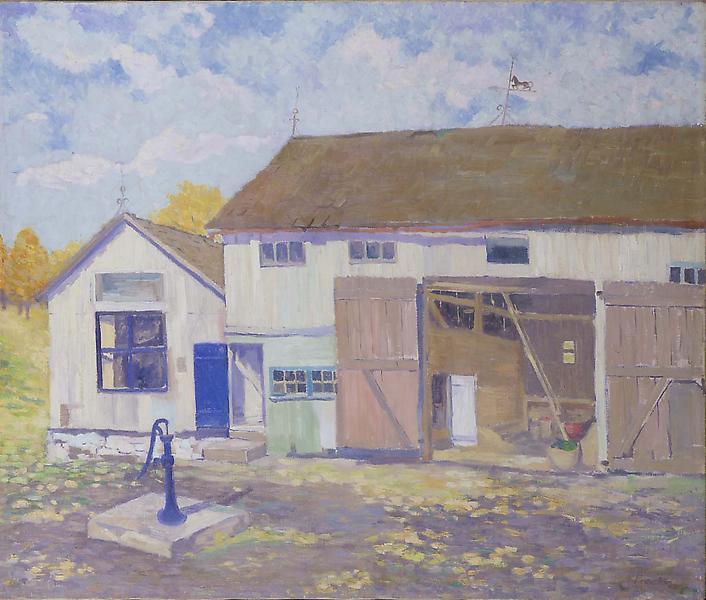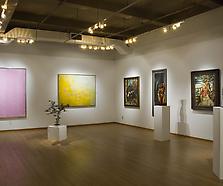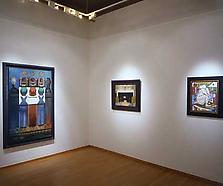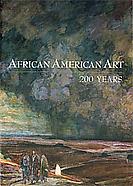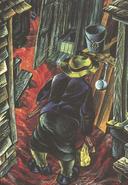The son of middle-class Philadelphia parents who valued education and the arts, Allan Randall Freelon, Sr. became the first African American artist to receive a four-year scholarship in 1912 to attend the Pennsylvania Museum and School of Industrial Art. He earned a bachelor’s degree from the University of Pennsylvania and a master of fine arts degree from the Tyler School of Art at Temple University. Freelon served as a Second Lieutenant in the U.S. Army during World War I before joining the faculty of the Philadelphia Board of Education in 1919 as an instructor. He was appointed Art Supervisor for elementary and then secondary education, a position he held until his retirement. While working in the Philadelphia education system, Freelon continued to pursue a career as an artist in his own right. In 1921, he had his first solo exhibition, at the 135th Street Branch of the New York Public Library and that same year, he became the first African American member of the Philadelphia Print Club. During a two-year course of study at the Barnes Foundation (1927-1929), he became well versed in the paintings of Paul Cézanne, Henri Matisse, and French Impressionism. He studied with Emile
Allan Freelon (1895-1960)
Exhibitions
Prints & Publications
Artist Information
Gruppe and Hughe Breckenridge and worked with two of the best Philadelphia printmakers Dox Thrash and Earl Horter. His work caught the attention of the Harmon Foundation and was included in the famous 1929 traveling exhibition of works by black artists. In the late 1920s, he began to summer in Gloucester, Massachusetts, a seaside New England artistic community where he completed luminous landscapes that echoed his impressionistic tendencies. In 1935, Freelon participated in the NAACP organized exhibition, Art Commentary on Lynching. His piece, Barbecue – American Style, depicted a crowd watching a black man being burned to death. Such a graphic depiction of violence was a departure for Freelon who was labeled a “traditionalist” by Alain Locke. Throughout his life, Freelon enjoyed a stable career as a regional painter but in recent years, with the support of a traveling exhibition organized by North Carolina Central University Art Museum, his work has attracted a more national audience.

